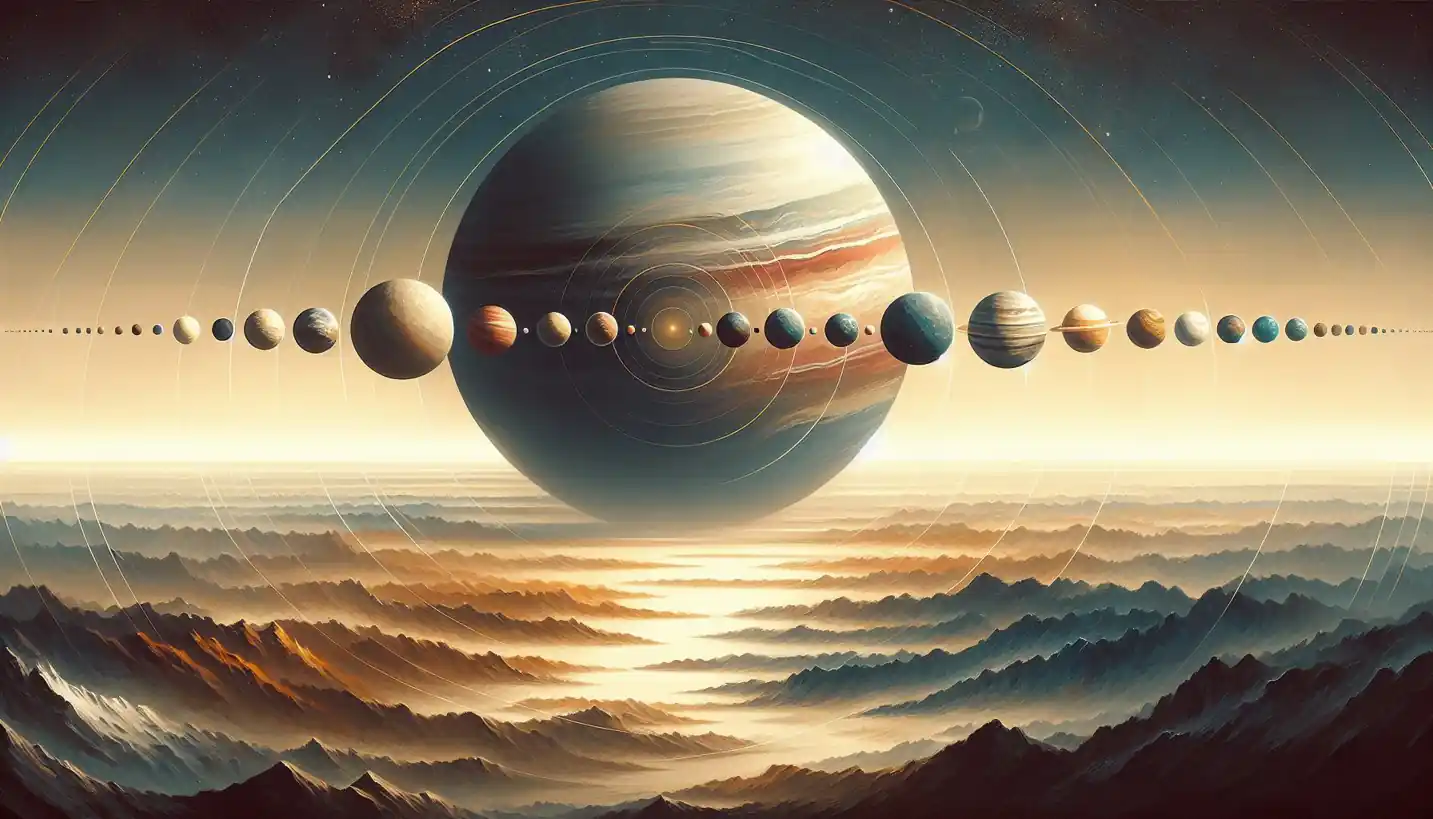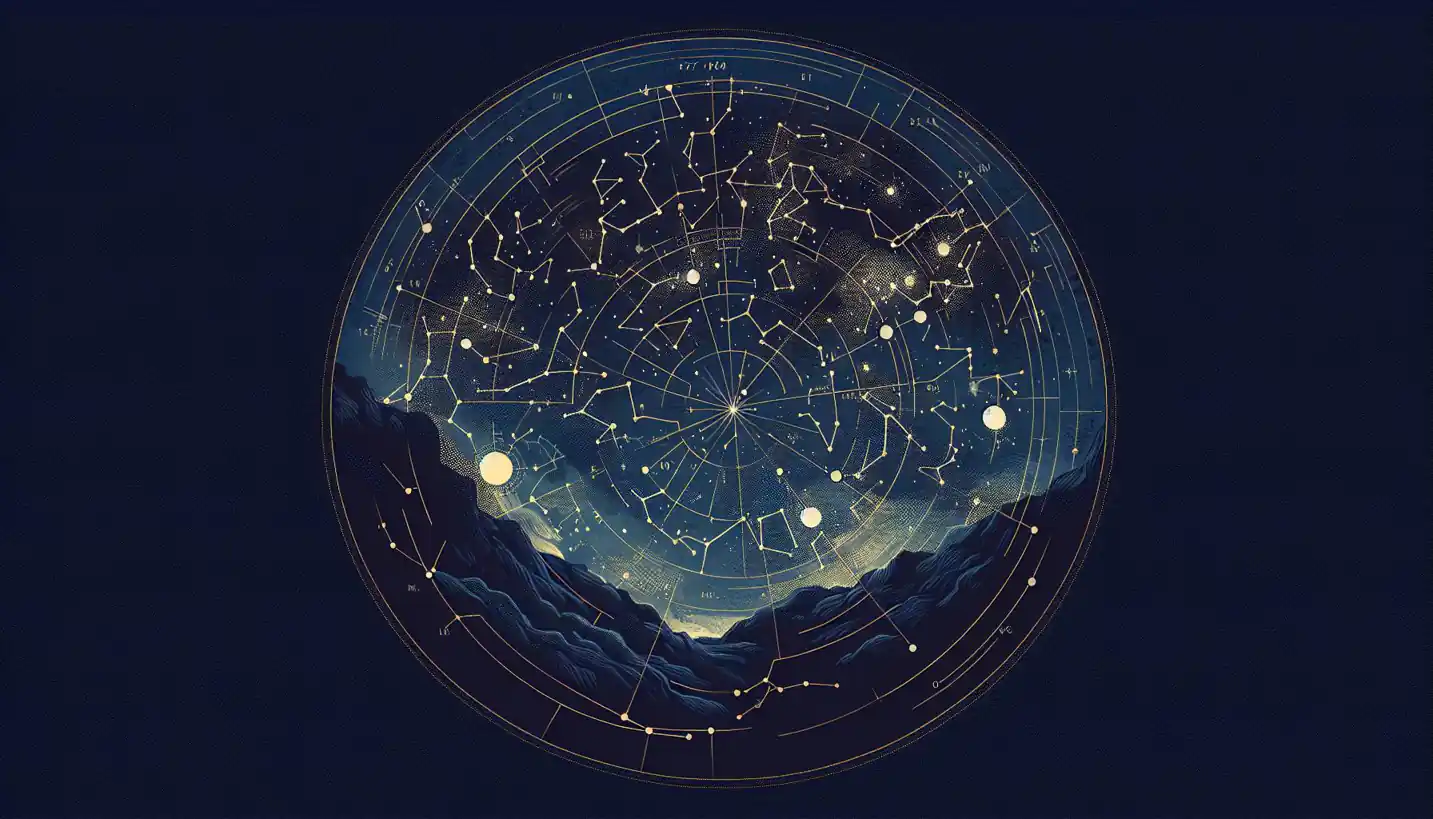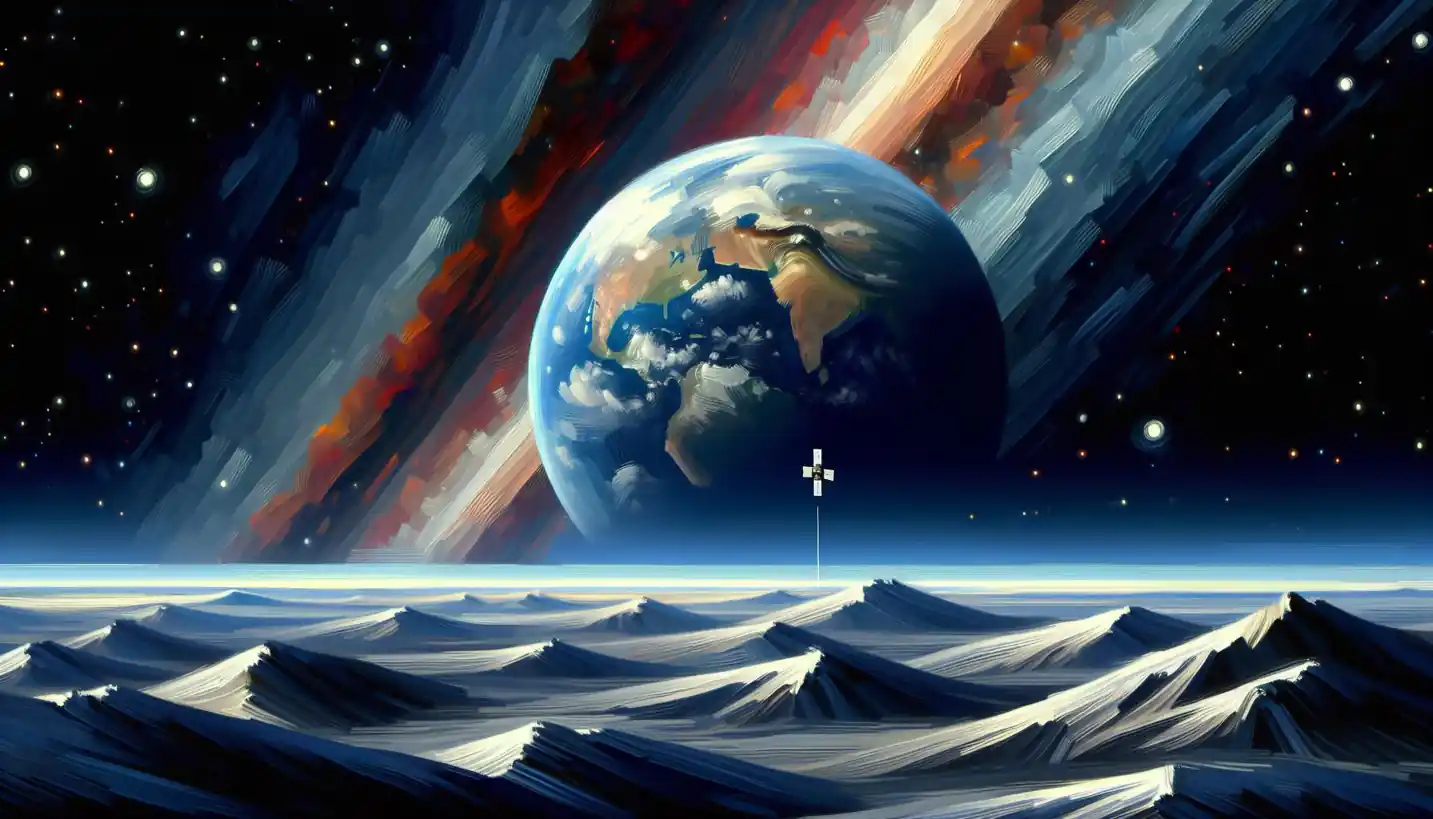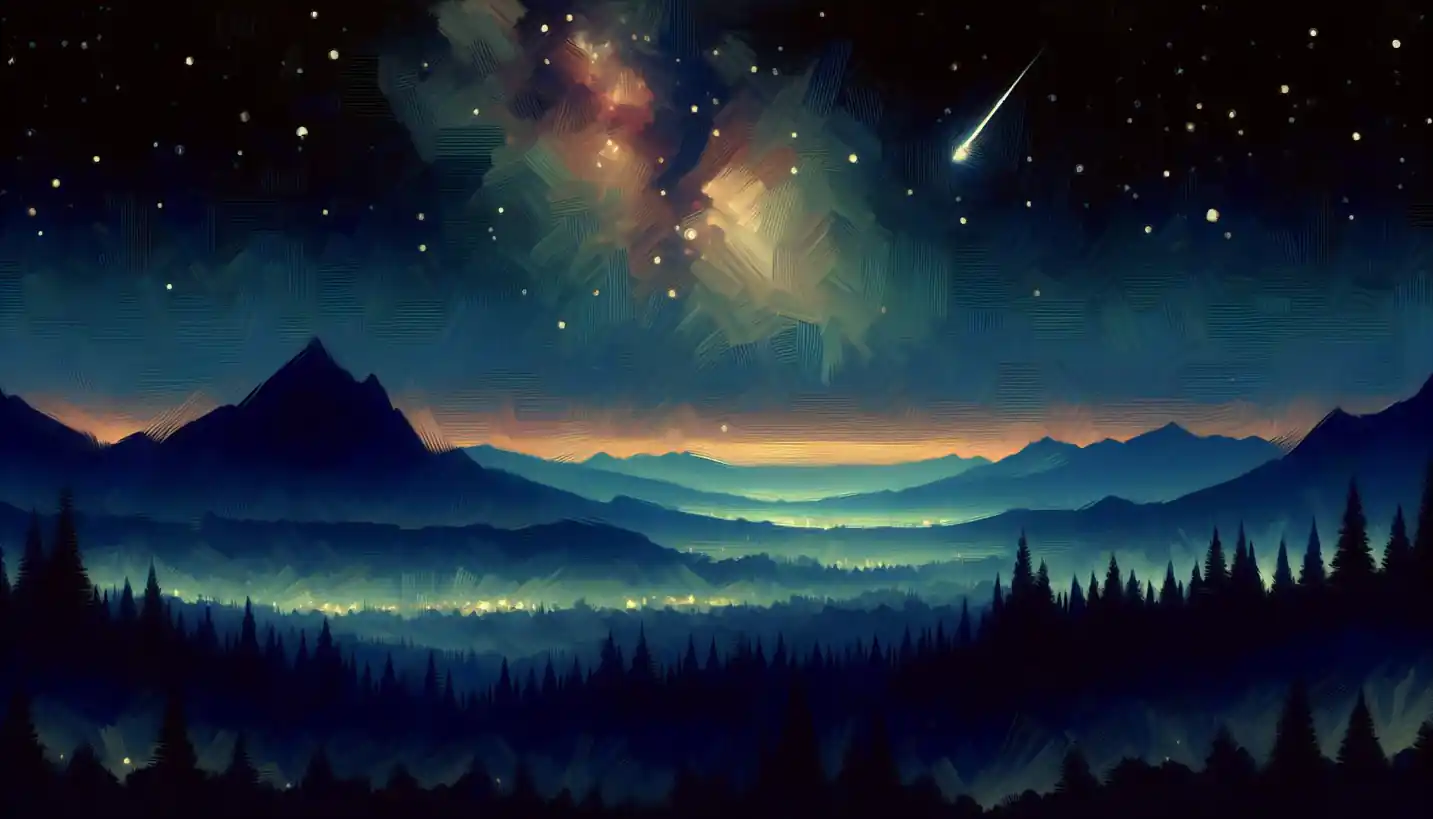· Astronomy · 4 min read
Auroras: Nature's Dazzling Light Show
Auroras illuminate our skies with magical lights caused by solar activity. Discover the science behind these natural spectacles dancing across polar regions.

Waves of color painted across the sky captivate the imagination and stir curiosity about the universe. These mesmerizing lights, known as auroras, illuminate the night with their ethereal glow. While they may seem magical, auroras are the result of complex interactions between the sun and our planet, deeply rooted in the science of heliophysics and astronomy.
The Dance of Particles
Let’s dive into what really makes these spectacular lights dance across the sky. It all starts with the sun, a giant ball of hot gas that isn’t just sitting peacefully in space. It continuously emits a stream of charged particles, known as the solar wind. Imagine the sun as a cosmic sprinkler, shooting out particles in all directions.
As these particles reach Earth, our planet’s magnetic field greets them like a protective barrier. This magnetic field, generated by the movement of molten iron in Earth’s core, guides the charged particles toward the polar regions. It’s like guiding rainwater to gutters; in this case, the particles are funneled down toward the North and South Poles.
Once the solar particles descend into our atmosphere, they collide with gas molecules. Think of it as a cosmic game of bumper cars. These collisions release energy in the form of light, creating the beautiful colors we see in auroras. Different gases produce different colors; for instance, oxygen gives off green and red hues, while nitrogen contributes purples and blues.
The Science of Heliophysics
Heliophysics, the science of the sun’s interactions with the solar system, plays a crucial role in understanding auroras. Solar activity, like flares and coronal mass ejections, can dramatically increase the number of particles reaching Earth. During these solar events, auroras can appear more intense and be visible from farther away than usual.
Scientists study these interactions not only to predict when and where auroras will appear but also to understand the sun’s impact on Earth. This knowledge is vital for protecting satellites, power grids, and communications systems from solar disruptions.
Auroras Across the Planets
While Earth’s auroras are famous, they’re not the only light shows in the solar system. Other planets with magnetic fields and atmospheres, like Jupiter and Saturn, also experience auroras. These planetary auroras are much stronger than Earth’s, given the intense magnetic fields of these gas giants.
Imagine exploring these distant worlds, witnessing auroras that put even the most stunning earthly displays to shame. Researchers use telescopes and space probes to study these features, providing insights into the magnetic and atmospheric conditions of other planets.
Cultural Significance and Legends
For centuries, auroras have inspired myths and legends among those lucky enough to witness them. In Norse mythology, they were seen as the reflections from the shields of the Valkyries. The Indigenous peoples of the Arctic regions have many stories too, sometimes describing auroras as spirits dancing in the sky.
Though we now understand the science behind auroras, these stories remind us of their historical and cultural significance. They continue to inspire awe and wonder, bridging the gap between science and storytelling.
Chasing Auroras: A Visual Spectacle
Traveling to witness auroras has become a quest for many around the world. Places like Norway, Iceland, Canada, and Alaska offer prime viewing conditions, especially during the winter months when the nights are long.
The pursuit of witnessing these lights is not just for tourists but also for photographers, scientists, and anyone interested in the mysteries of space. Capturing the perfect shot or simply watching this celestial ballet can be a life-changing experience.
The Future of Auroral Research
Scientists are keenly interested in the future of auroral research. With advances in technology, space missions aim to gain a deeper understanding of the processes behind auroras. Satellites equipped with instruments for measuring magnetic fields and particle intensity help provide more precise data.
Moreover, understanding auroras may lead to spin-off technologies that can enhance space weather prediction, which is crucial for navigation, communication, and even aviation.
Conclusion: The Cosmic Connection
Auroras are more than just colorful displays in the night sky. They are vibrant reminders of the complex interactions between our planet and the sun, emblematic of the wonders of heliophysics and astronomy. Each flicker of light represents a cosmic connection, an ongoing dance that has fascinated humans for generations.
So, next time you gaze up at an aurora, remember the dance of particles, the magnetic fields, and the solar winds. It’s a celestial performance, with Earth as its grand stage, inviting us all to ponder our place in the universe.



